Macquarie CEO Shemara Wikramanayake says Macquarie is just getting started on a pipeline of renewable energy
In a rare interview the Macquarie Group chief reveals its highly calculated approach to renewables investment and the discussion with her teenagers that crystallised the need to take action.
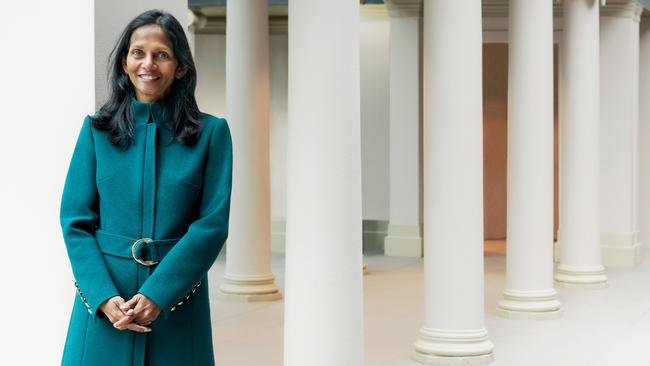
OUT THIS FRIDAY: The List - Green Power Players 2022. Don’t miss your copy of the 112-page inaugural edition.
After spending several weeks locked in the high-octane world of climate diplomacy at Glasgow’s COP26 UN summit, Macquarie Group’s Shemara Wikramanayake returned to Sydney to face an equally difficult conversation. That involved answering to her teenage son and daughter about how negotiations had progressed.
Wikramanayake recalls the discussion, which crystallised for her the importance of taking action and finding solutions to the challenge of climate change.
“We are accountable to that younger generation but the thing is they can, at this point in their lives, only help us with awareness and asking us to get on and act,” Wikramanayake says.
“And what our generation has to do is not carry on saying, ‘Oh there’s a problem’ … we have to get on with the solution. We need to not do this precipitously and cause disruption and blow the whole thing up, so it’s our responsibility to be the adults.”
By any measure, Macquarie has been among the biggest backers of projects boosting clean energy generation around the world.
Wikramanayake herself has played a central role in helping build out the homegrown asset-management giant and investment bank’s now 300 renewable energy projects in markets across the globe.
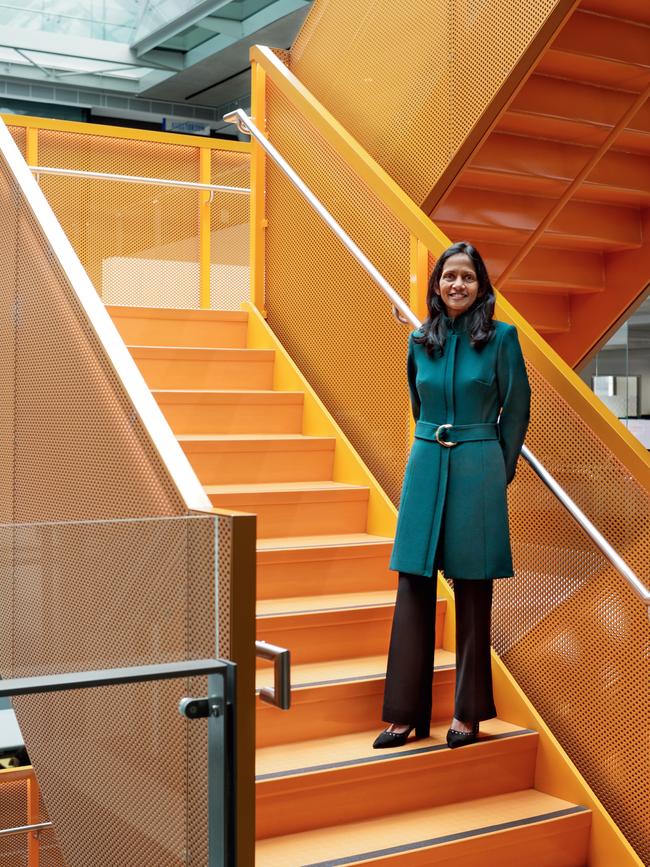
She was based in New York when Macquarie made some of its very first investments in renewables almost two decades ago. They spanned European and British projects across biomass, wind and solar, through Macquarie’s first European infrastructure fund.
Now, as Macquarie’s chief executive since 2018, Wikramanayake’s global renewable energy agenda is moving at pace, although each bet is very carefully calculated.
The company is increasingly active in newer areas including floating solar and wind projects, converting waste to energy, digital emission tools for farmers and hydrogen-powered buses and trucks.
Macquarie is now also among a small group of firms separately examining feasibility for the first batch of offshore wind projects along Australia’s coastline.Wikramanayake is confident Macquarie’s one-gigawatt local offshore wind project off Victoria’s Bass Coast, and potentially others which are being supported by the Victorian government, will get traction.
“It’s a new technology for Australia, offshore wind, but internationally it’s really well established,” Wikramanayake says. “It’s proven to be clean and cost competitive etc, so we’re hoping we can bring offshore wind into the mix of renewable sources here for Australia’s transition.”
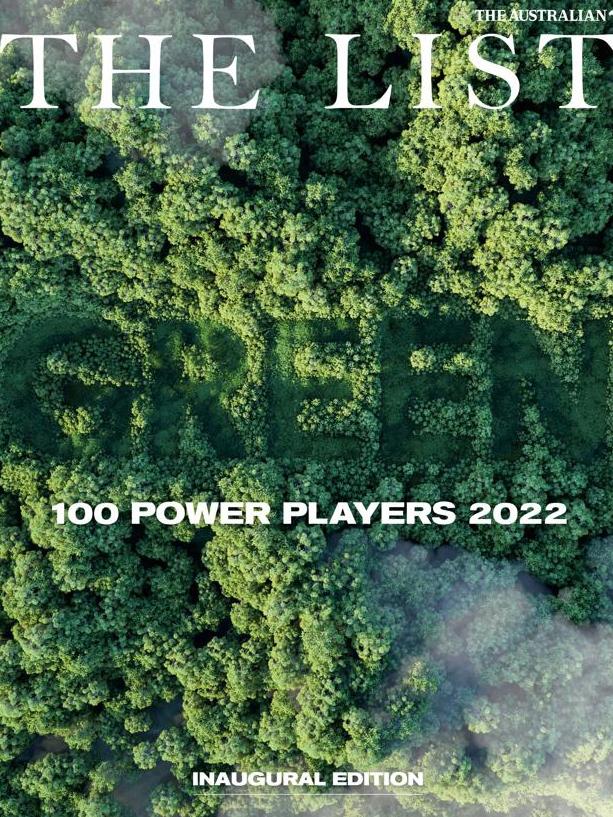
Macquarie is already involved, via its Green Investment Group (GIG) division, in developing a spate of floating offshore wind projects in Korea, with partner and energy group TotalEnergies.
The Green Investment Group has also played a key role in the United Kingdom’s offshore wind sector, and in delivering Taiwan’s first commercial scale offshore wind farm, Formosa 1.
Macquarie was an early mover in the global renewable energy sector and has positioned itself to benefit from the mammoth transition now taking place. GIG is in 25 markets across the world and has committed or arranged more than $16 billion in investments since Macquarie acquired it from the British government in 2017.
While she’s a notable backer of the net-zero emissions by 2050 commitment, Wikramanayake cautions the transition needs to happen in a measured way.
“If we try to make that happen overnight, what we’ll do – Australia is 70 per cent coal-fired energy – we won’t have energy, we’ll have blackouts and potentially have backlash, especially job losses as well and lose the mandate to drive this transition if we don’t do it in a considered way,” she says.
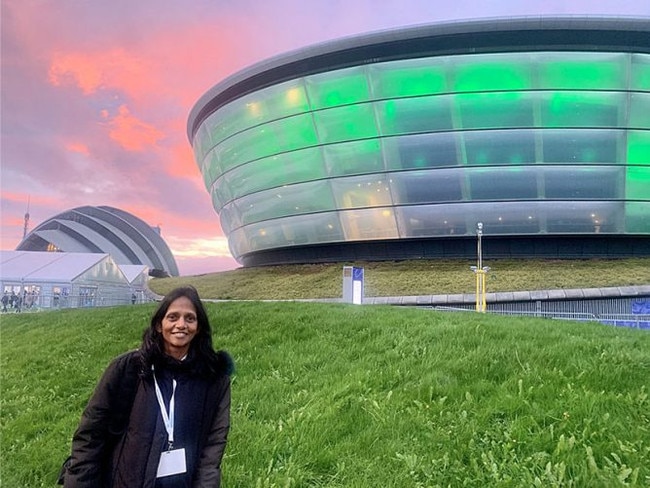
Wikramanayake is a member of Michael Bloomberg’s powerful Climate Finance Leadership Initiative, and co-chairs the India arm alongside Tata Group chairman Natarajan Chandrasekaran.
Those groups are developing pilot projects in countries such as India, to help accelerate the decarbonation process.
At the Glasgow climate conference last year, Wikramanayake noticed a step up in awareness of the energy-transition challenge. She also took in more information about the emissions generated outside of the energy and finance industries, learning that the fashion sector alone contributes 11 per cent of the world’s emissions.
But Wikramanayake’s views on the topics of hydrogen and carbon capture contrast with those of billionaire and Fortescue Metals chairman Andrew Forrest. The latter is a supporter of green hydrogen – made using renewable energy sources – but has slammed the process of carbon capture, arguing it fails 19 out of 20 times.
THE NEW GREEN ECONOMY
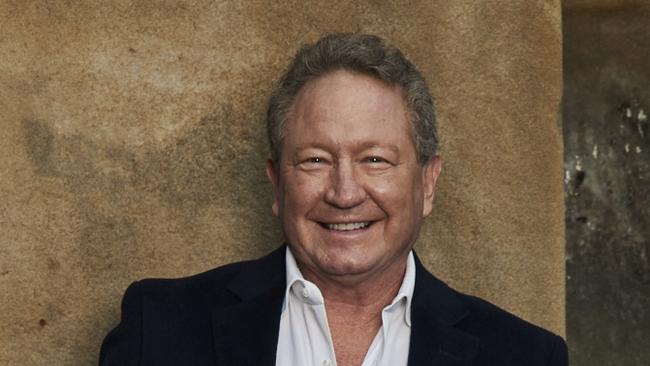
Twiggy’s green ambition put to the test
Andrew Forrest is convinced his ambitious green hydrogen plans are a key plank in the battle against global warming. But can the iron ore billionaire pull off the ultimate pivot?
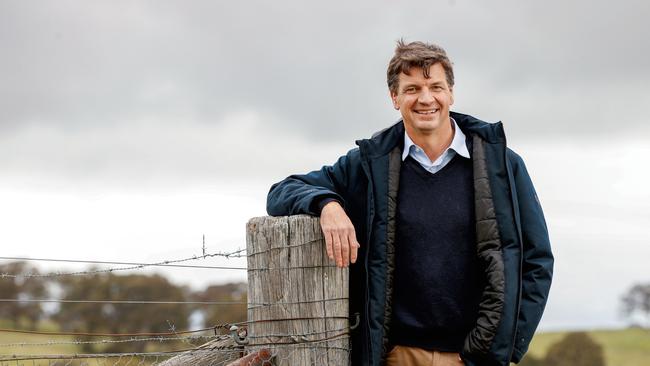
‘Cats can be herded if there’s a clear goal’: Angus Taylor
The government’s position on climate change is built on respect, says Industry, Energy and Emissions Reduction Minister Angus Taylor.
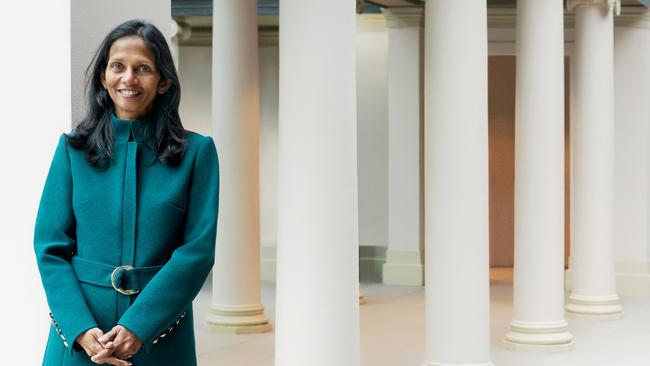
‘It’s our responsibility to be the adults’: Wikramanayake gets real
In a rare interview the Macquarie Group chief reveals its highly calculated approach to renewables investment and the discussion with her teenagers that crystallised the need to take action.
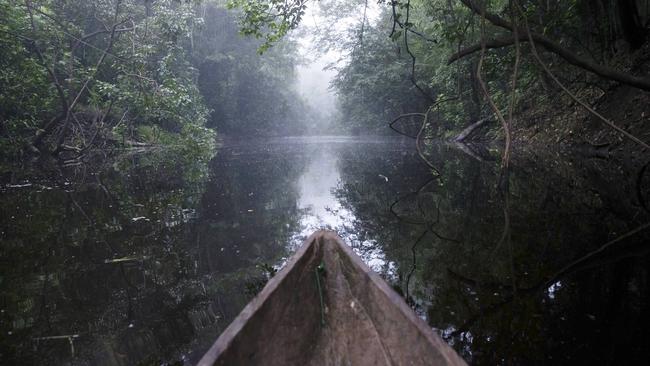
Is nature really at the centre of the ‘green dream’?
Looking after the land makes sense but in the end, someone has to pay. Good intentions will only go so far.
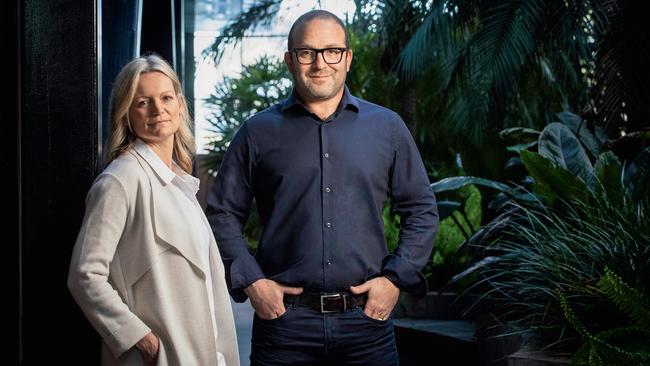
Rich-listers embrace climate shift
It’s no longer a question of choosing profit over planet. A new generation prioritises impact investing to retrain focus of their family wealth on a climate positive yet lucrative future.

Why climate change is a business opportunity
The transition to carbon neutrality will require trillions. For the financial sector this means not just the opportunity to fund the future, but to profit from it.
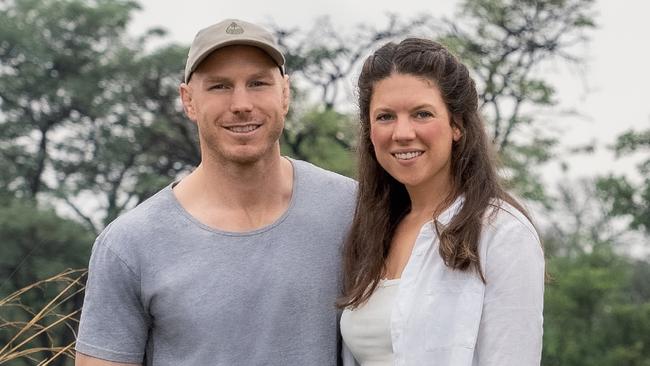
Rugby great takes climate fight to Canberra
David Pocock and wife Emma are playing to win with their commitment to turn talk into action on environmental issues.
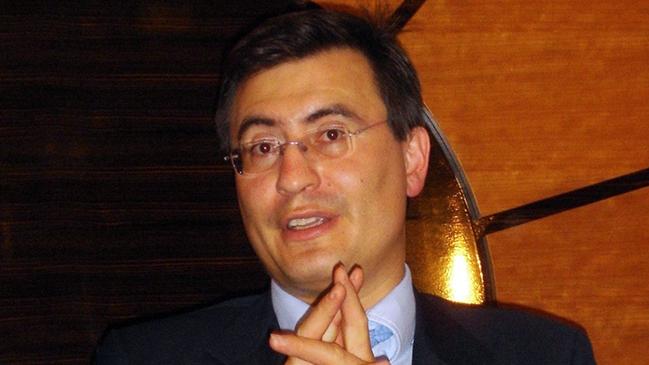
Billionaire piles pressure on big Aussie polluters
Australia’s enormous resource companies are on notice as a new breed of emboldened financial agitators take an aggressive – and often effective – stance on climate accountability.
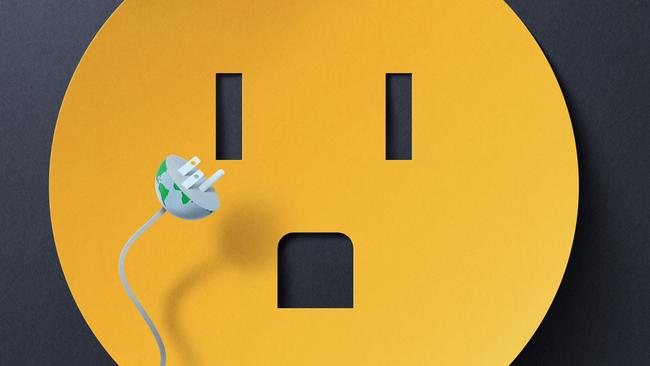
Could your car power your house one day?
A reality where the energy stored in your car is plugged in to electrify your home edges ever closer.
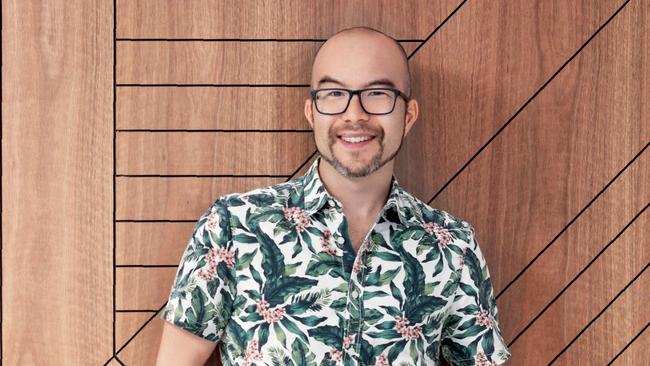
Cameron Adams on being a DJ loving climate warrior
Decisive action on climate matters as much as taking democratised design to the world for the co-founder of tech heavy-hitter, Canva.
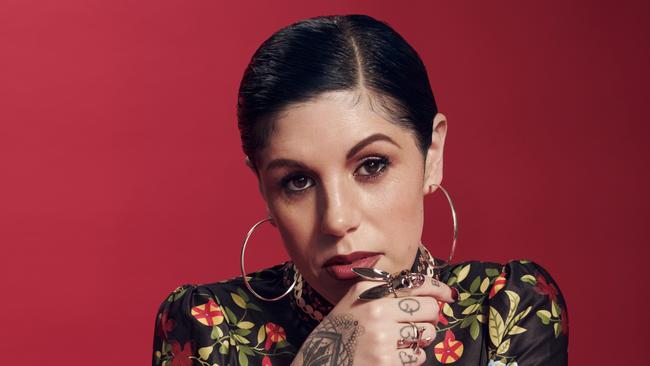
The Australian names to know in sustainable food and wine
From the man behind Sydney’s fish eatery Saint Peter to a self proclaimed meat-eating vegan, these Australians know a thing or two about sustainable food and wine.

Alan Finkel: ‘Technology is enabled by government’
Now is the moment as government, industry, technology and communities embrace both the urgency and practical reality of emissions reduction.

Climate solution may lie beneath our feet
One answer to the global emissions question is right beneath our feet, says newspaper publisher turned commercial cattle farmer Alasdair MacLeod.

Is this the cure for electric vehicle range anxiety?
Does the idea of electric vehicles give you range anxiety? Car companies have a cure for that, and it’s called a “PHEV”.
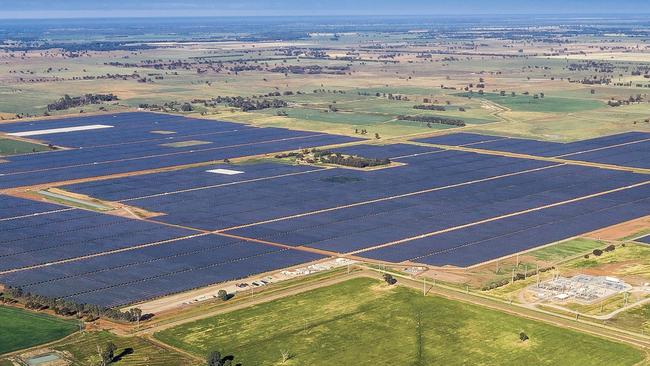
Solar plan set to shine
Australia’s appetite for solar continues to surge, driving everything from households and electric vehicles to mining projects seeking a cleaner future.
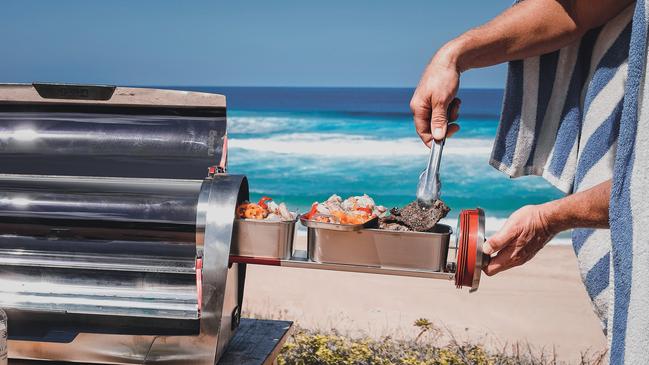
Six boundary-pushing tech innovations
From a solar-powered outdoor oven to robotic lawnmowers, the latest in green technology sets you up for a future-facing daily life.
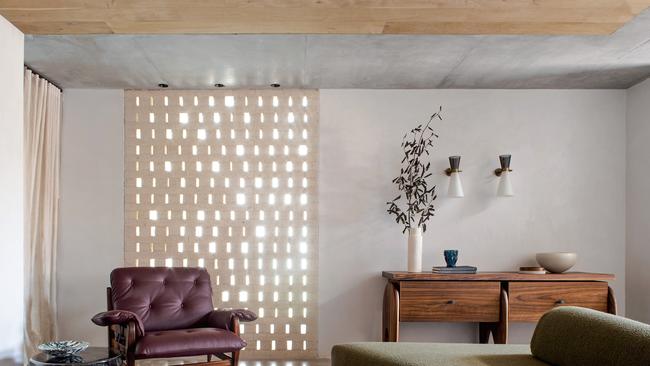
Can an office be sexy … and sustainable?
A leading design studio experiments with sustainability by stealth at their innovative – and sexy – Sydney HQ.

The Australian denim brand leading the charge
Start unpicking the fashion industry and the cost to climate is clear. But Queensland’s Outland Denim is determined to break the pattern.
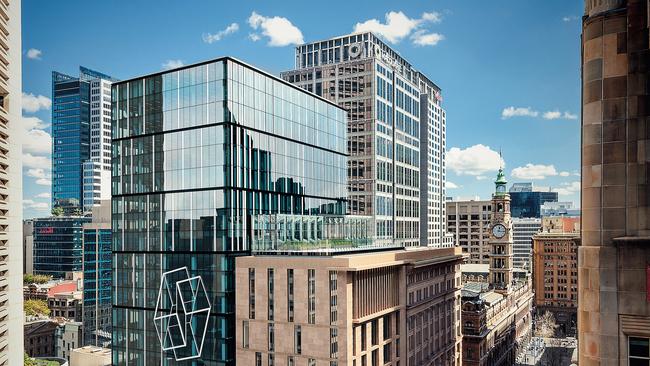
Sky’s the limit: Inside Australia’s greenest buildings
Concern for the environment and employees alike is at the heart of these top four sustainable, and awarded, new commercial spaces. SEE THE PICTURES
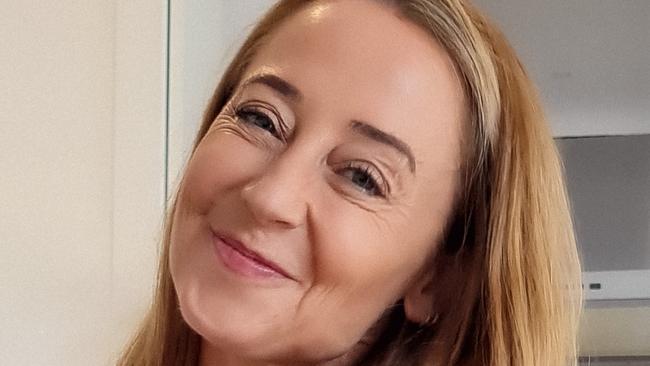
Living sustainably is harder than it looks
Two very different lives, one urgent shared challenge: to take concrete steps towards more sustainable daily choices.
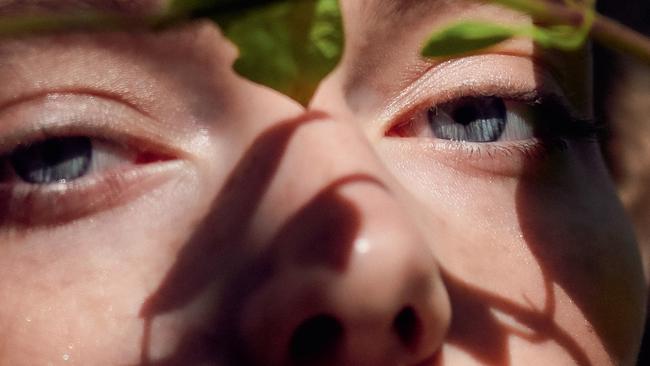
Skincare brands put planet before profit
A swath of pioneering skincare brands are setting new low-impact benchmarks in the process.
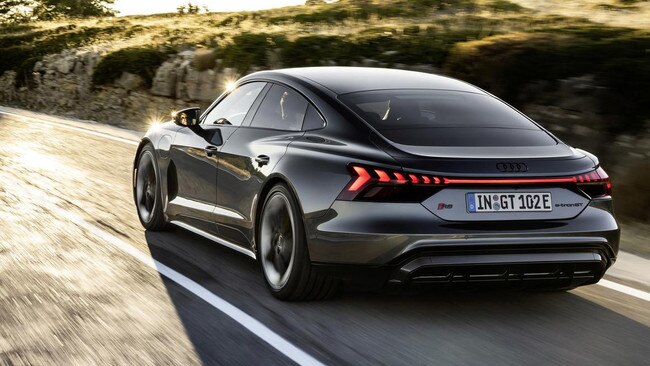
Solid-state batteries ‘will secure EVs’ future’
For electric vehicles to truly capture the public’s imagination – and wallets – charging certainty and speed is necessary. Enter the solid-state battery.

The fashion innovators to know in 2022
French house Hermès turns luxury leftovers into pieces of creative expression, plus the latest in ethical design and the rise of resale.
“I don’t think we’re going to get to the net-zero that we’re targeting without taking carbon emissions out of the atmosphere, so we are looking at what role we can play in that,” Wikramanayake says.
“The economics, as Andrew Forrest says, are variable and the big thing you need to have is storage close to the industry for it to be economically viable.
“CCUS [Carbon capture, utilisation and storage] is not only something that we need to use to complement all the other technologies that we have, but in harder-to-abate sectors such as steel and cement, it’s critical to have in place carbon capture … to help them decarbonise.”
Macquarie supports early-stage carbon capture and storage projects through its Commodities and Global Markets business and has backed a Scottish plan to hoover up carbon dioxide from the air.
It has invested in Storegga, which is a partner in The Acorn Project, the UK’s first large-scale CCUS project capturing carbon from industrial hubs near the North Sea and storing it back in deep geological reservoirs beneath the ocean.
Both carbon capture and storage and hydrogen were named among five priority areas for investment under the federal government’s Technology Investment Roadmap – paving the way for Macquarie to consider local CCUS investments as oil and gas companies face pressure to step up their decarbonisation ambition – while grants are also available for pre-commercial or pilot projects.
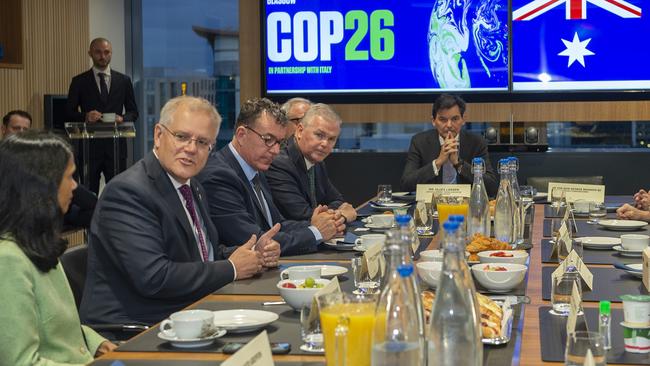
Still, the technology has faced a number of teething issues, including at Chevron’s Gorgon natural-gas project in Western Australia, which is equipped with the world’s largest carbon capture system. Spending on CCUS projects remains modest, despite a renewed push for the technology.
Wikramanayake also believes both blue and green hydrogen are required during the energy transition.
“Each jurisdiction will have to, depending on its economic drivers, determine which is best,” she says.
“Frankly, blue hydrogen in the early stages will probably become cost competitive sooner than green … for blue hydrogen, there’s existing infrastructure that you can actually use already.
“Ultimately it’s not a choice, I think we have to run both in parallel.”
In November, Prime Minister Scott Morrison unveiled a partnership between Port of Newcastle, Macquarie’s GIG and the government’s Australian Renewable Energy Agency to examine setting up a green hydrogen hub in the NSW Hunter Region.
The blueprint will see the hub initially underpinned by a 40-megawatt electrolyser, which uses electrical energy to convert water into hydrogen and oxygen. That can generate enough green hydrogen to power 900 buses for one year.
Macquarie is also partnering with oil major BP to conduct feasibility studies on the creation of future green hydrogen hubs to support domestic and export opportunities.
In another part of the renewables space, ENGIE, Macquarie’s GIG and Fluence are joining forces to deliver Australia’s largest privately funded and owned utility-scale battery.
The Latrobe Valley project in Victoria’s Gippsland region will connect to existing infrastructure at the site of the former Hazelwood power station to support the renewable energy transition.
In agriculture, where Macquarie currently manages 4.7 million hectares of land across Australia and Brazil, it is involved in a range of investment initiatives to boost food production while cutting emissions.
They include introducing seaweed-based feed for livestock, a digital tool that helps farmers to calculate the intensity of their emissions, and backing a string of precision farming techniques.
Wikramanayake – who was ranked fourth on Fortune’s 2021 list of the most powerful international women – says that Macquarie Group sets target investment returns on renewable energy projects based on a number of factors including the risks involved. As the sector gets more crowded, Macquarie has also upped its presence in the development phase of the renewable energy industry, which tends to involve more risk.
“We just factor in what the risks are and based on that, set the target return so if we’re investing in a mature, operating, cash-flow producing solar or wind farm we will need a very different return to if we are doing a startup small-scale hydrogen project,” Wikramanayake adds.
“We’ll probably put smaller cheques into it and target much higher returns and double down investing in it as we de-risk it, whereas we’ll put big cheques into the more mature things.”
-
Five green investment projects in the pipeline
Great Southern Offshore Wind Farm, Bass Coast Shire, Victoria, Australia
Green Investment Group (GIG) is planning a giant 1000-megawatt facility in the Gippsland Basin, representing one of Australia’s biggest planned facilities. The financier is one of the UK’s biggest developers, backing half of the country’s offshore wind capacity in operation, and has taken a position as the industry takes shape in Australia.
Green Hydrogen, Kwinana, Western Australia
Macquarie and BP are considering developing a major green hydrogen project with plans to repurpose the former Kwinana oil refinery in Western Australia into a clean energy hub. The duo will kick off a feasibility study for green hydrogen as part of BP‘s plan for a series of renewable developments at the industrial site.
Hydrogen Chemistry Company, Europe
Macquarie’s GIG has teamed up with Nobian to develop green hydrogen and help decarbonise heavy industry. HyCC’s pipeline includes a planned 60-megawatt facility in The Netherlands to supply green hydrogen for renewable methanol and aviation fuels, a 100-megawatt project near Amsterdam to enable sustainable steel production, and a 250-megawatt project in Rotterdam to replace fossil-based hydrogen.
Hazelwood Battery, La Trobe Valley, Victoria, Australia
The 150-megawatt big battery will be built at the site of the former Hazelwood coal plant in partnership with ENGIE and will be running by November 2022 to meet increasing demand over summer. The battery can store an hour of energy generation from the rooftop solar systems of 30,000 homes and will be built, operated and maintained by Fluence over a 20-year period.
Blueleaf Energy, Solar Projects, Asia-Pacific region
GIG’s Blueleaf is developing 3.4 gigawatts of solar projects across the region following its acquisition of the company in 2018. Blueleaf focuses on projects in Taiwan, South Korea, India, The Philippines, Vietnam and Malaysia.
OUT THIS FRIDAY: The List - Green Power Players 2022. Don’t miss your copy of the 112-page inaugural edition.


To join the conversation, please log in. Don't have an account? Register
Join the conversation, you are commenting as Logout